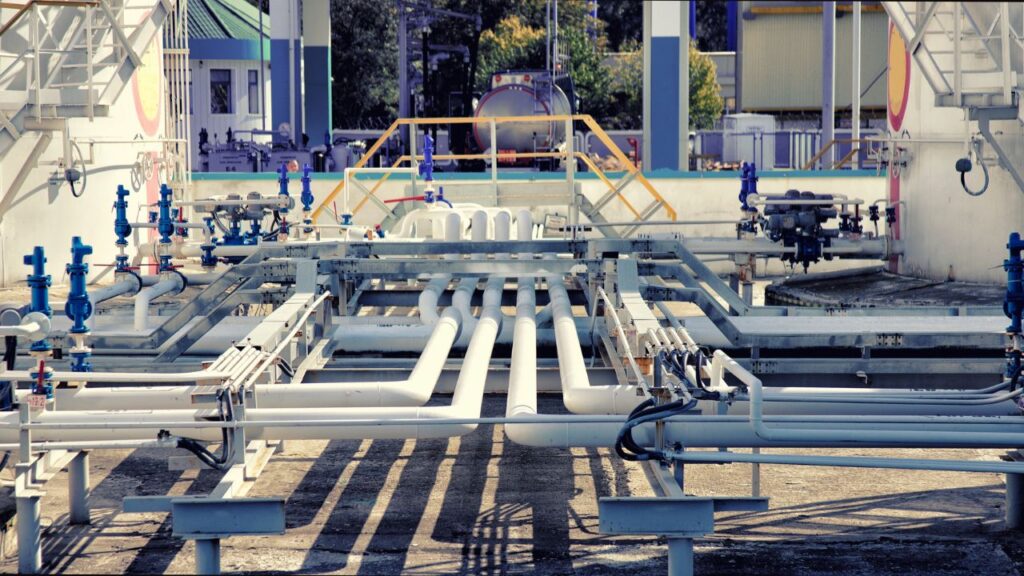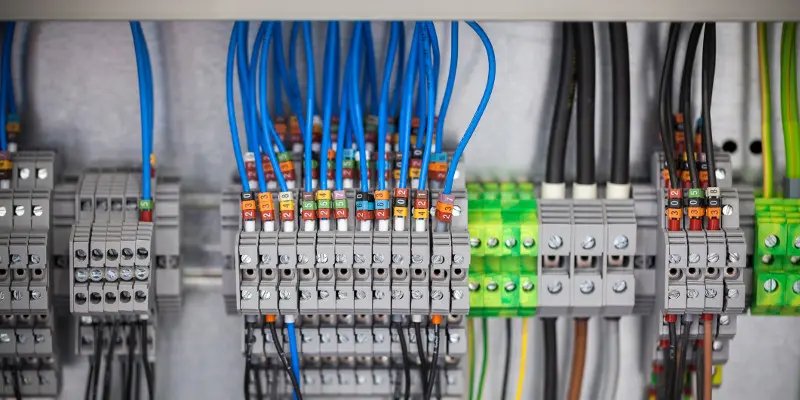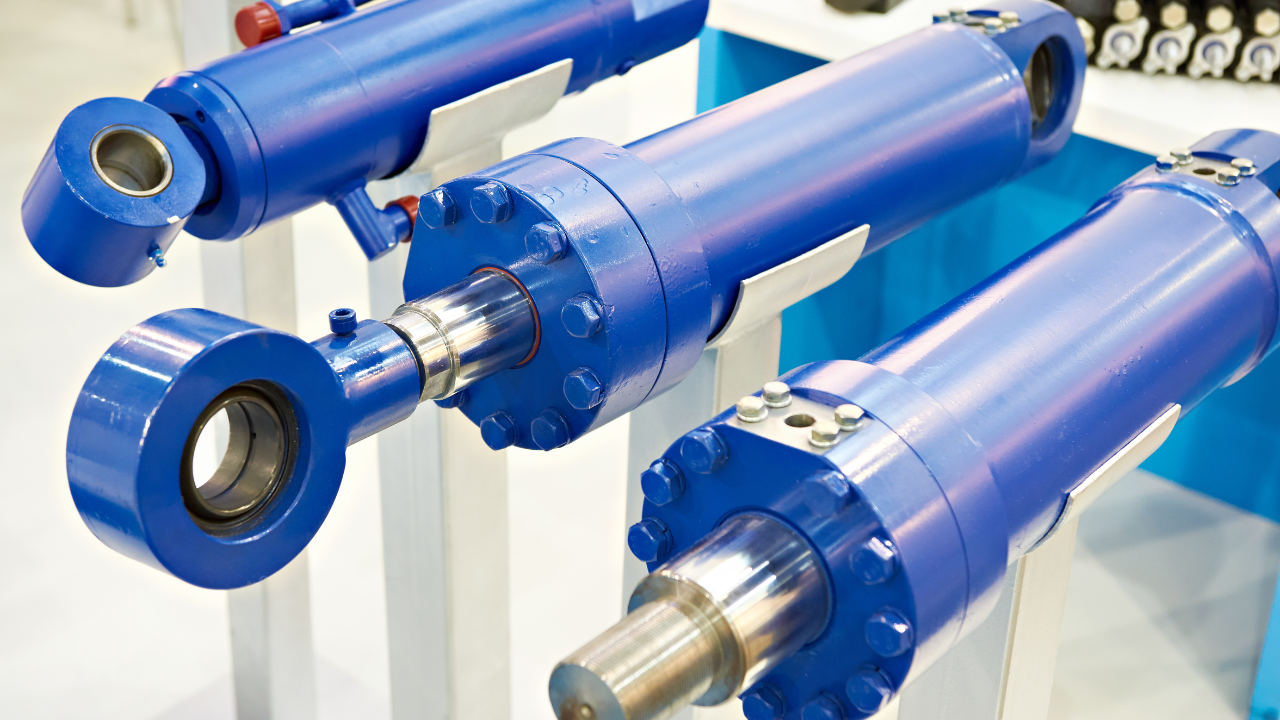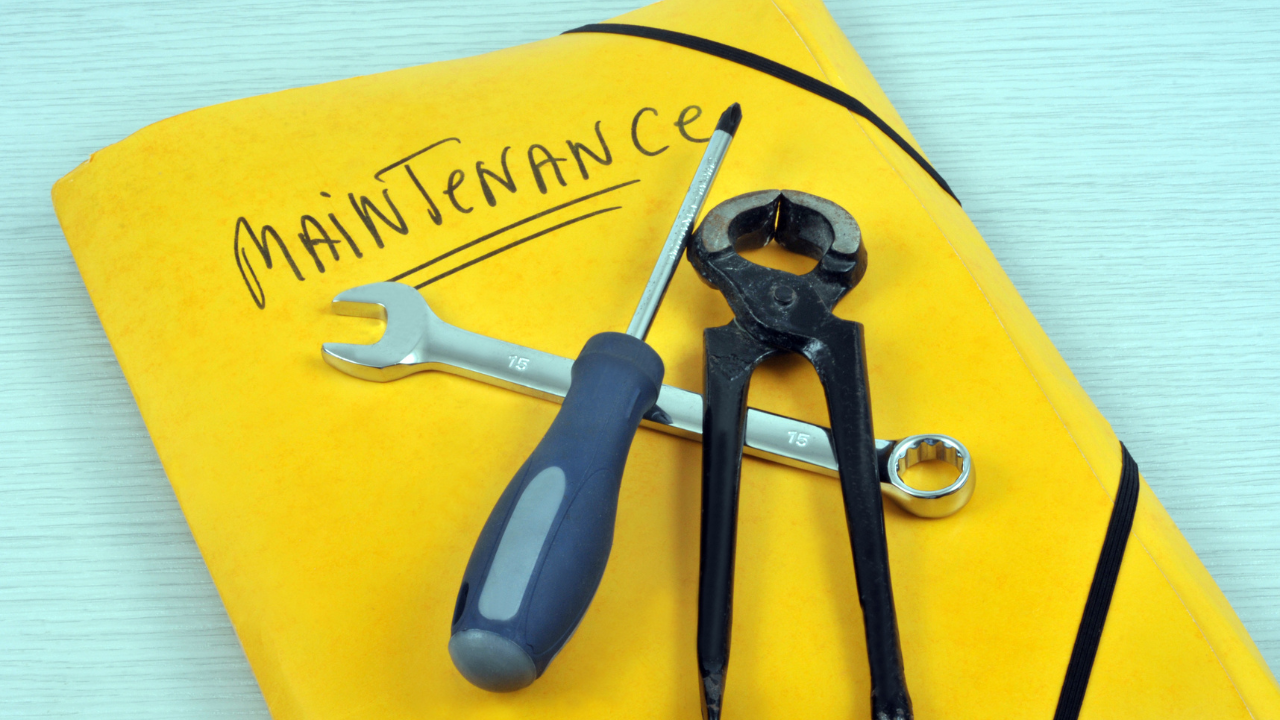You Want to See Through Walls?
By Sri Peruvemba & HD Vo
Posted on 8/29/23
In most buildings, critical pipes carrying water and natural gas; cables carrying data and electricity; ventilation pipes carrying cool or warm air, are all typically hidden behind walls, out of sight. The average visitor to the building, say a hospital, can easily be overwhelmed at the sight of these pipes and cables, yet these are very important for the facilities management team. They need to see them. They need to see through those walls. They need to know where everything is and what each pipe connects to so that they can always maintain and ensure the proper functioning of these conduits. So how does one see through walls?
Why are the pipes behind walls?
In older buildings the pipes were unsightly, so when they were upgraded, sheet rock covered them—leaving access to those who needed it. In newer buildings, it’s about aesthetics. After all, a network of cables and pipes can intimidate someone not used to working with them. Keeping the pipes behind walls, beneath the floor, or above the ceiling also protects these vulnerable conduits. No one would hang stuff on them or use them as a rail, for example.


What are these pipes and cables for?
From water, to heating gas, to cooling air, pipes carry it throughout the building. Cables carry data for internet, telephone landlines, security, and power of course. These cables, usually hidden out of sight, are like blood vessels—they carry essentials all through the building. The pipes are usually of different diameters depending on its specific purpose. The cables are typically color coded and tied, sometimes tagged with information. Both the inside and outside of these pipes are usually maintained and are critical.
Who needs access and why?
These pipes are rarely thought of until something breaks or leaks and needs to be attended to right away. Facilities management requires 24/7 access for maintenance, repairs, and monitoring. Third party monitoring by security companies, personnel doing new installs or upgrades, and utilities technicians also need access. Apart from repairs, there is preventive maintenance. For example, painting metal pipes so they don’t rust, checking to make sure the insulation is ample and intact for power cables, etc. When there is a leak in a pipe or a cable chewed by mice, it’s useful to know which pipe connects to what circuit, which shutoff valve or switch connects to which line, etc. Audits also require the inspectors to check pipes, test them for compliance, etc. When a building is sold, usually inspectors and appraisers might also want access to these networks of pipes to draw conclusions about their condition and upgrade needs.
How do you provide access?
In most cases, those who need access to these pipes refer to a diagram on a sheet of paper or a map on the wall. This is how they access in the majority of buildings today. Needless to say, some of these pipes are hard to find. During urgent repair situations, every passing minute makes the situation progressively worse. Third-party technicians or new employees unfamiliar with the building will struggle, and paper maps or diagrams are rarely intuitive.
Conclusion
There is a better way: Using an app like the one from InMapz puts the building’s digital twin in your hands. Everything is searchable and all the pipes can be ‘seen’ on the app. You will essentially have X-Ray vision. Locating pipes behind walls fast, wayfinding to get to them, and access to historical information helps solve problems fast. It’s like having an experienced tech who is most familiar with the building, on your side. Fix it fast, fix it the first time.

Sri Peruvemba
Sri Peruvemba is CMO at InMapz an indoor mapping technology company that converts static floor plans into dynamic digital twins to manage your buildings from anywhere. Peruvemba serves technology companies in advisory and board roles; he has a bachelor’s degree in engineering, a master’s in business and a post graduate diploma in management. He can be reached by email at: [email protected]
Related Articles

Proactive Maintenance for Hydraulic Cylinders





